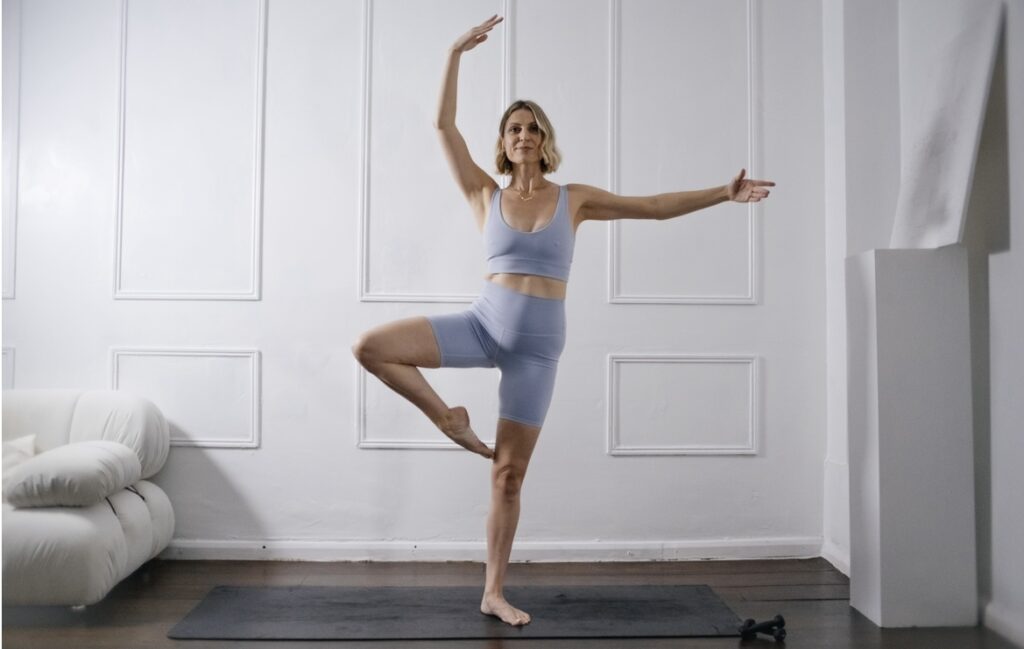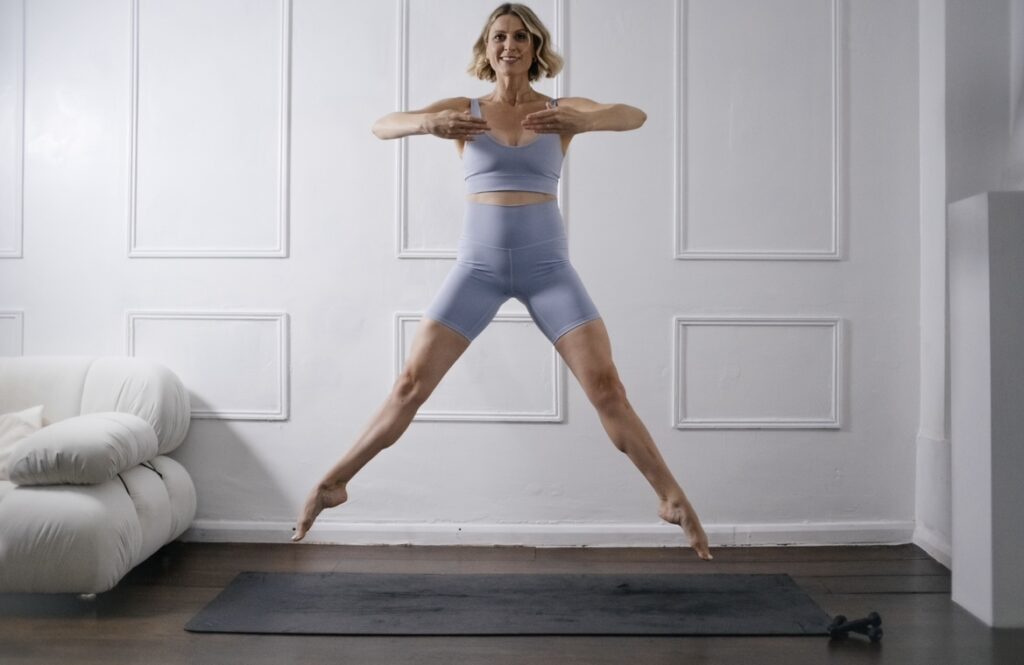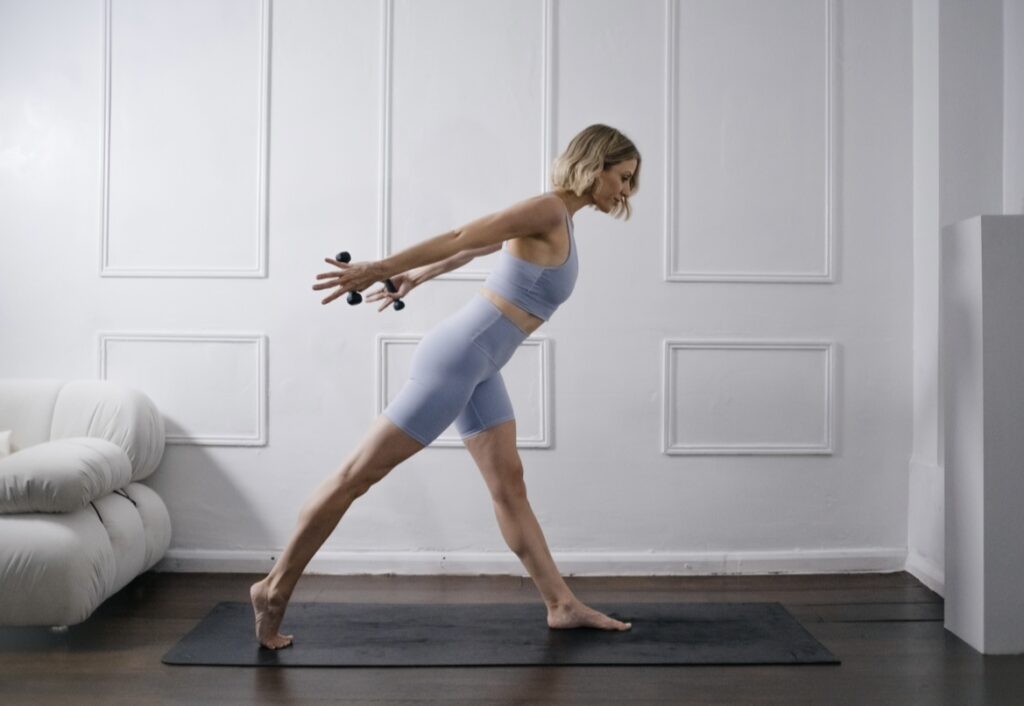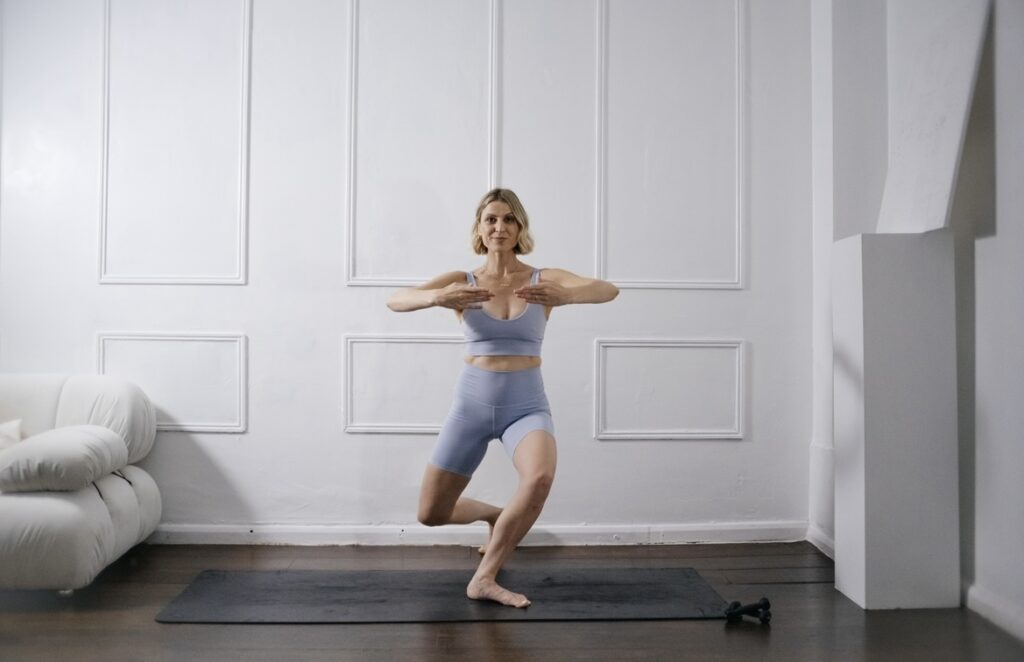
Unveiling the Graceful Fitness Phenomenon
July 19, 2023
The science behind barre
In the realm of fitness, a captivating exercise regimen seamlessly blends ballet, Pilates, and strength training into a harmonious whole. This graceful and scientifically grounded workout is none other than Barre. Let’s delve into the science behind Barre, exploring intriguing statistics, enlightening facts, and its remarkable benefits.
The History
Originating from the ballet world, Barre has evolved into a revered exercise regimen that seamlessly blends elements of dance, Pilates, and strength training. The roots of Barre can be traced back to the early 20th century when renowned dancer Lotte Berk combined ballet barre exercises with rehabilitative techniques to recover from a back injury. This fusion of movements, focused on muscle isolation and precise form, soon caught the attention of fellow dancers and fitness enthusiasts alike. Over the years, it has evolved, incorporating elements from Pilates and strength training to create a holistic approach to fitness. Today, Barre continues to captivate practitioners, sculpting their bodies, improving posture, and fostering a deep mind-body connection. Barre offers a transformative journey with each graceful movement, cultivating resilience and inner strength.
The Scientific evidence
Scientific studies have unveiled a wealth of evidence, illuminating the efficacy of several components of Barre, encompassing cardio, dance, strength training, Pilates, and the very essence of Barre itself.
Strength Training
Discover the power of strength training to reduce body fat, increase lean muscle mass, and improve metabolic efficiency (Mayo Clinic, 2023). Strength training is essential for overall health and fitness, offering numerous benefits:
- Preserve and enhance muscle mass at any age.
- Build strong bones and reduce the risk of osteoporosis.
- Manage weight and boost metabolism for efficient calorie burning.
- Enhance the quality of life, improve daily activities, and protect joints from injury.
- Reduce signs and symptoms of chronic conditions like arthritis and heart disease.
- Sharpen cognitive skills, promoting better thinking and learning abilities.
Options for strength training include bodyweight exercises (push-ups, pull-ups, lunges) and resistance bands for convenient workouts at home or in the gym. Embrace the elegance of strength training and unlock a healthier, empowered version of yourself.

Dance
The neurological effects of dance have gained attention in recent years (Harvard Medical School, 2015). Harvard Medical School reports that dance involves complex mental coordination, as synchronising music and movement activates the brain’s reward centres and sensory-motor circuits. PET imaging studies have identified key brain regions involved in dance learning and performance, including the motor cortex, somatosensory cortex, basal ganglia, and cerebellum. Dance’s physical and expressive elements alter brain function, contributing to benefits similar to those gained from physical exercise, such as improved memory and strengthened neuronal connections. Dance is an elegant fusion of movement and music that nourishes the body and mind, making it a holistic practice for enhanced well-being.

Cardio
Did you know that stress can be good for you and that, done right, we can tap into a healthy stress response? Hormetic stress, as explained in Aging Research Reviews, is the ideal level of exposure to stressors (Ramos et al., 2015). It represents the “sweet spot” where stress becomes beneficial. Underexposure leaves the body unchallenged, while overexposure can lead to health problems.
Hormesis, an adaptive response to moderate stress, can be achieved through safe and effective exercise. Recent studies highlight that higher intensity, shorter duration exercise is more effective than moderate-intensity continuous exercise in improving fitness. This exercise reduces oxidative stress and inflammation and enhances insulin sensitivity.
Engaging in higher-intensity exercise three times a week significantly enhances vascular function, reducing the risk of cardiovascular disease. By embracing hormetic stress and incorporating higher-intensity workouts, we can unlock our body’s full potential and optimise overall well-being.

Pilates
Valuable evidence on the benefits of Pilates emphasises its positive impact on physical and mental well-being (Kloubec, 2011). Pilates enhances core strength, flexibility, and overall muscle tone, making it an effective practice for improving body composition. Furthermore, Pilates promotes balance, improves posture, and reduces the risk of injury by addressing muscle imbalances. The evidence underscores the importance of Pilates in fostering mindfulness and reducing stress, contributing to improved mental health. With its emphasis on controlled movements and breath control, Pilates emerges as a holistic practice with numerous benefits for individuals seeking to enhance their overall wellness.

Barre
The article by Pete McCall on ACE Fitness provides valuable evidence regarding the effectiveness of the barre workout (McCall, 2019). It highlights that barre workouts offer a comprehensive approach to fitness, incorporating elements of ballet, Pilates, and strength training. The article emphasises the efficacy of barre exercises in improving muscular endurance and strength while enhancing flexibility. Additionally, it points out that Barre’s isometric contractions and micro-movements engage muscle fibres, leading to the development of long, lean muscles. The evidence presented in the article supports the notion that barre workouts are effective in sculpting the body, improving overall fitness, and offering a unique and engaging exercise experience.

The Core Principles
Barre workouts primarily revolve around precise, controlled movements performed at a ballet barre. These movements target small, often neglected muscles while emphasising core stability and proper alignment.
- Isometric Holds: Barre incorporates isometric contractions, where muscles are engaged without changing their length. This technique activates muscle fibres, creating strength and endurance, improving overall muscle tone.
- Micro-Movements: Barre exercises involve small, repetitive movements that work muscles to the point of fatigue. These micro-movements stimulate slow-twitch muscle fibres, which enhance muscular endurance and create long, lean muscles.
Benefits of Barre:
- Calorie Burn: Though barre workouts may appear gentle, they are surprisingly effective in burning calories. An hour-long barre session can burn between 300-500 calories, making it an excellent choice for weight management.
- Increased Flexibility: Barre incorporates stretches that help improve flexibility and range of motion. Enhanced flexibility promotes better joint health but also aids in injury prevention and promotes graceful movements.
- Improved Core Strength: Barre workouts heavily emphasise core engagement, leading to a stronger and more stable core. A strong core supports proper posture, reduces the risk of back pain, and enhances overall athletic performance.
- Enhanced Posture and Alignment: The focus on proper body alignment in barre exercises contributes to improved posture. Correct alignment helps alleviate muscle imbalances, reduces joint stress, and promotes better body mechanics.
- Mind-Body Connection: Barre workouts encourage mindfulness and body awareness. The rhythmic movements, precise technique, and focus on breath create a meditative experience, reducing stress and promoting mental well-being.
With its scientific foundations and multifaceted approach, Barre offers a comprehensive fitness experience beyond physical benefits. Supported by reputable sources, integrating Pilates, isometric holds, micro-movements, and strength training in barre workouts provides remarkable results. From toning muscles, improving flexibility, and cardiovascular health to fostering cognitive function and mental well-being, Barre exemplifies the synergy between science and wellness.
So, step up to the Barre, immerse yourself in its elegance, and embrace the transformative power of this scientifically sound fitness phenomenon.
References
Strength training: Get stronger, leaner, healthier (2023) Mayo Clinic. Available at: https://www.mayoclinic.org/healthy-lifestyle/fitness/in-depth/strength-training/art-20046670 (Accessed: 12 July 2023).
Dancing and the brain2 (2015) Harvard Medical School. Available at: https://hms.harvard.edu/news-events/publications-archive/brain/dancing-brain (Accessed: 12 July 2023).
Ramos, J.S. et al. (2015) ‘The impact of high-intensity interval training versus moderate-intensity continuous training on vascular function: A systematic review and meta-analysis’, Sports Medicine, 45(5), pp. 679–692. doi:10.1007/s40279-015-0321-z.
Kloubec, J. (2011) Pilates: How does it work and who needs it?, Muscles, ligaments and tendons journal. Available at: https://www.ncbi.nlm.nih.gov/pmc/articles/PMC3666467/ (Accessed: 12 July 2023).
McCall, P. (2019) CertifiedTM: December 2019 – hitting the Barre: Understanding the popular group fitness trend , ACE. Available at: https://www.acefitness.org/continuing-education/certified/december-2019/7432/hitting-the-barre-understanding-the-popular-group-fitness-trend/ (Accessed: 12 July 2023).
Leave a Reply Cancel reply
Copyright © 2022 CatieMiller.Co Ltd (Company registered in England and Wales with Company Number: 14299972. Trading as Barre Series.
Legal bits
Back to the top
CONTACT
why barre?
Info
FAQS
THE EDIT
Quick links
ONLINE CLASSES
STUDIO CLASSES
Classes
Connect with us on socials
SIgn UP TO THE barre series newsletter
Site made by Rove